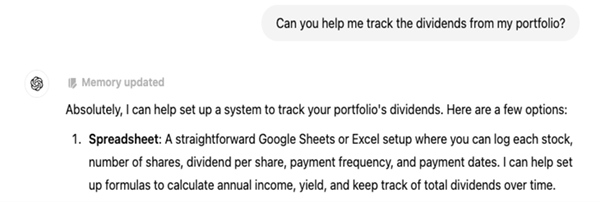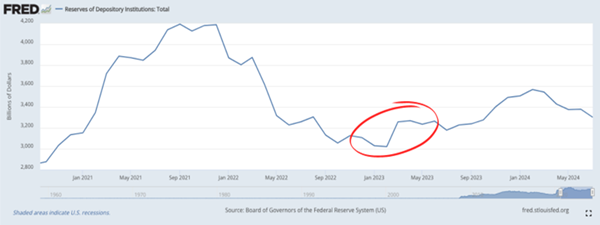The spreadsheet jockeys on Wall Street have it all wrong—and their blunder is dragging down the average investor’s returns (and income!).
Their mistake? Looking at “old school” measures, like the recent spate of soft jobs reports, and jumping to the conclusion that the economy is hitting the skids.
Trouble is, this take is totally disconnected from reality, especially when it comes to the nation’s small businesses. Because these mom-and-pop shops are still upbeat—and many of them are looking to grow.
The proof is in the numbers. First up, even though small biz optimism did tail off a bit in October, according to the NFIB Small Business Survey, it’s still above its historical average, where it’s been for the past six months.… Read more



Recent Comments